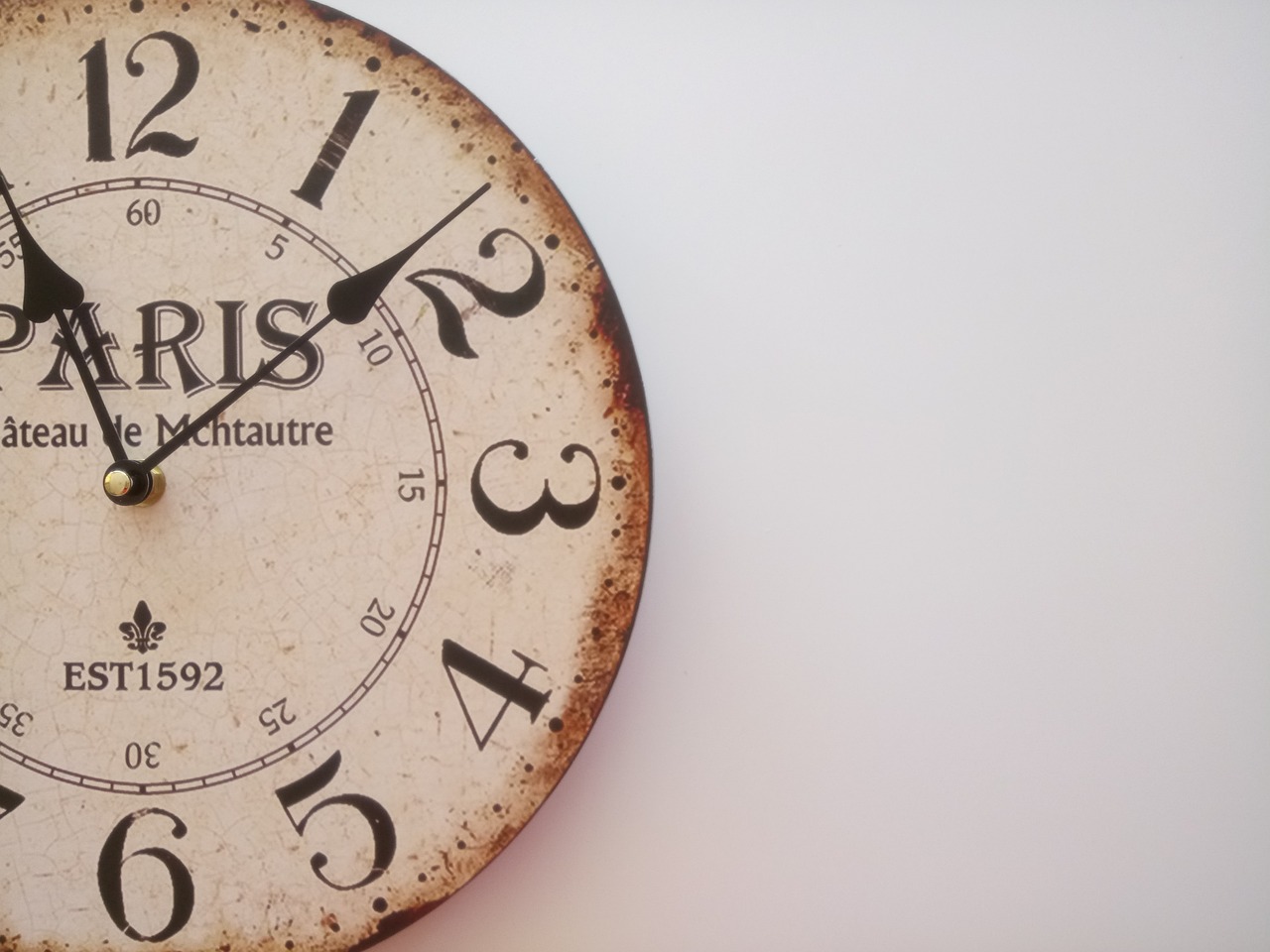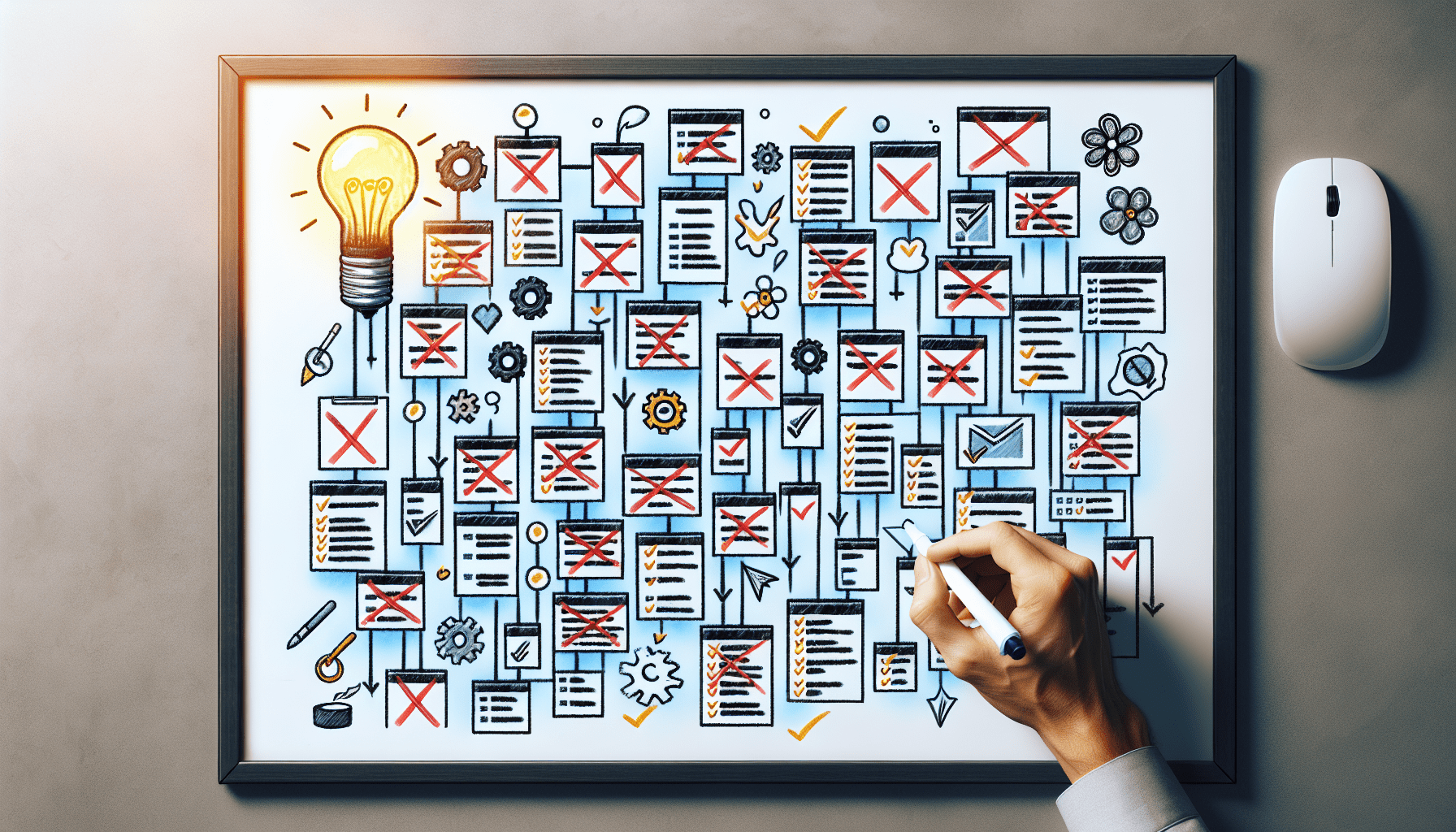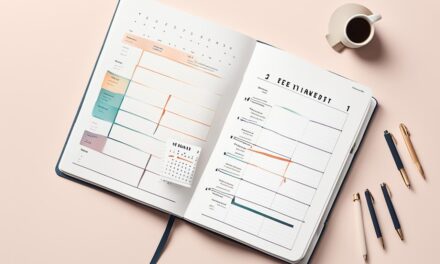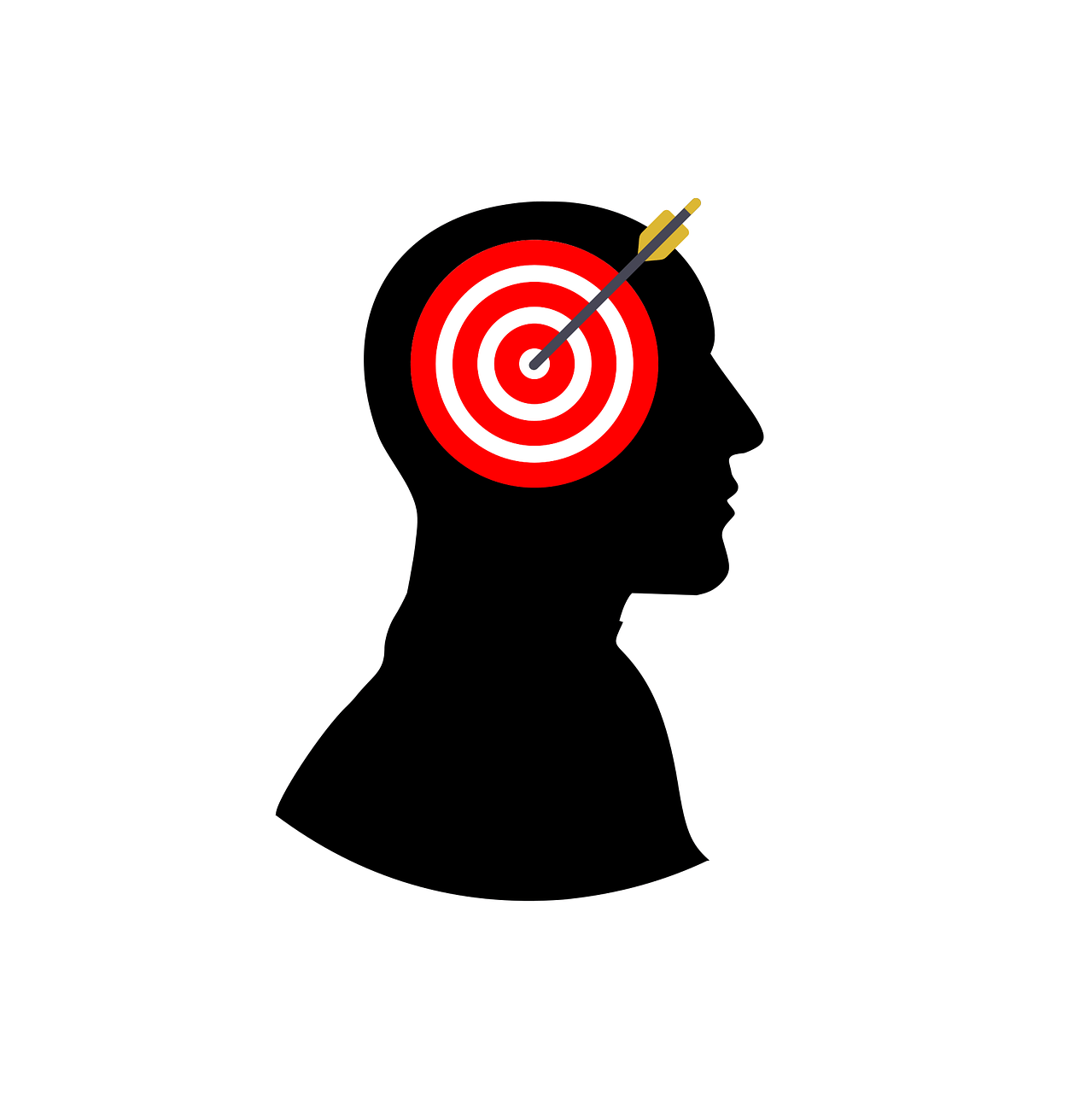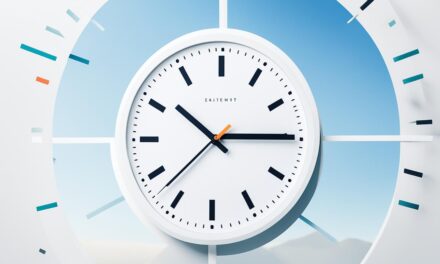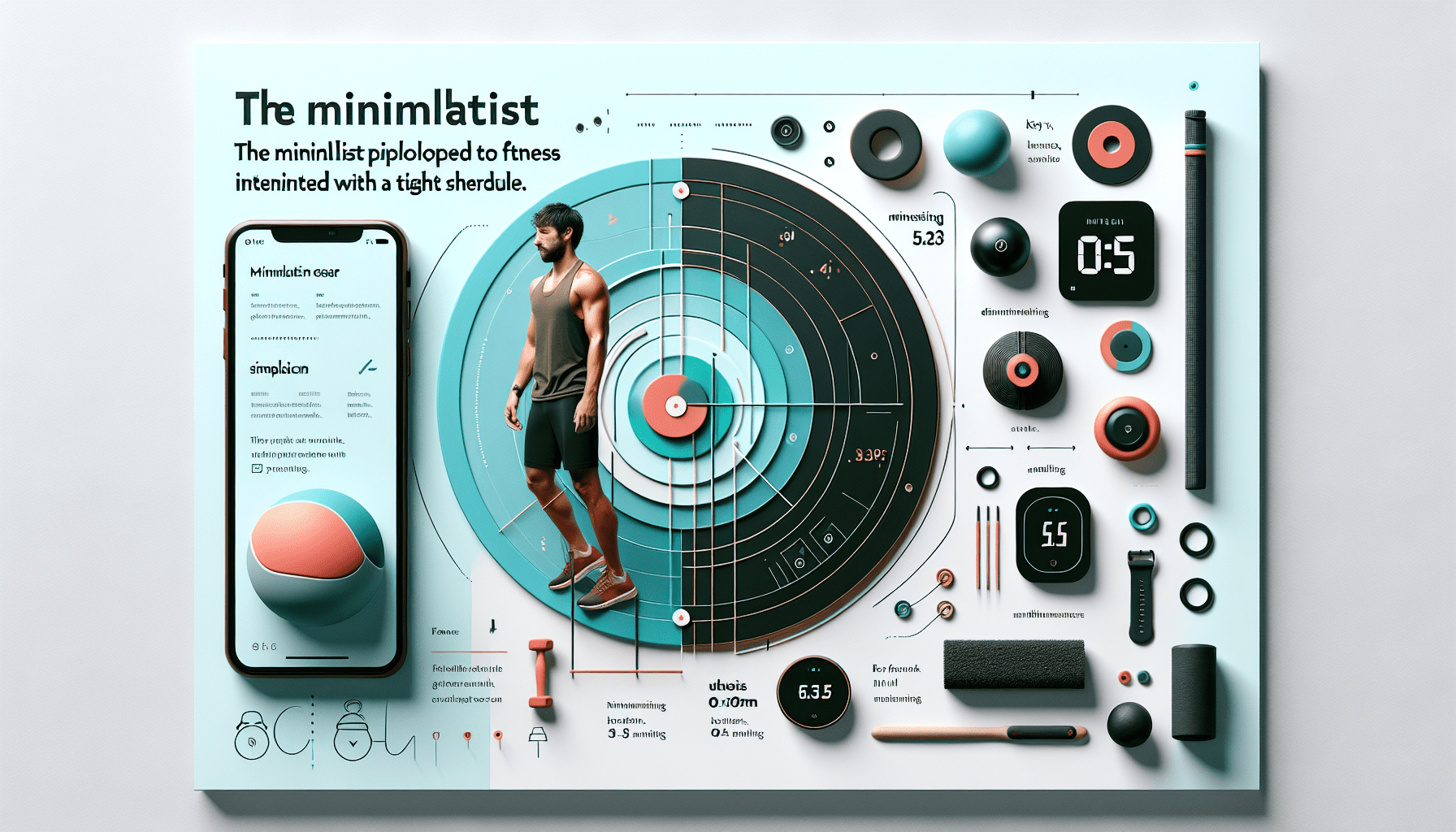
Focus on What Matters: A Minimalist’s Guide to Time
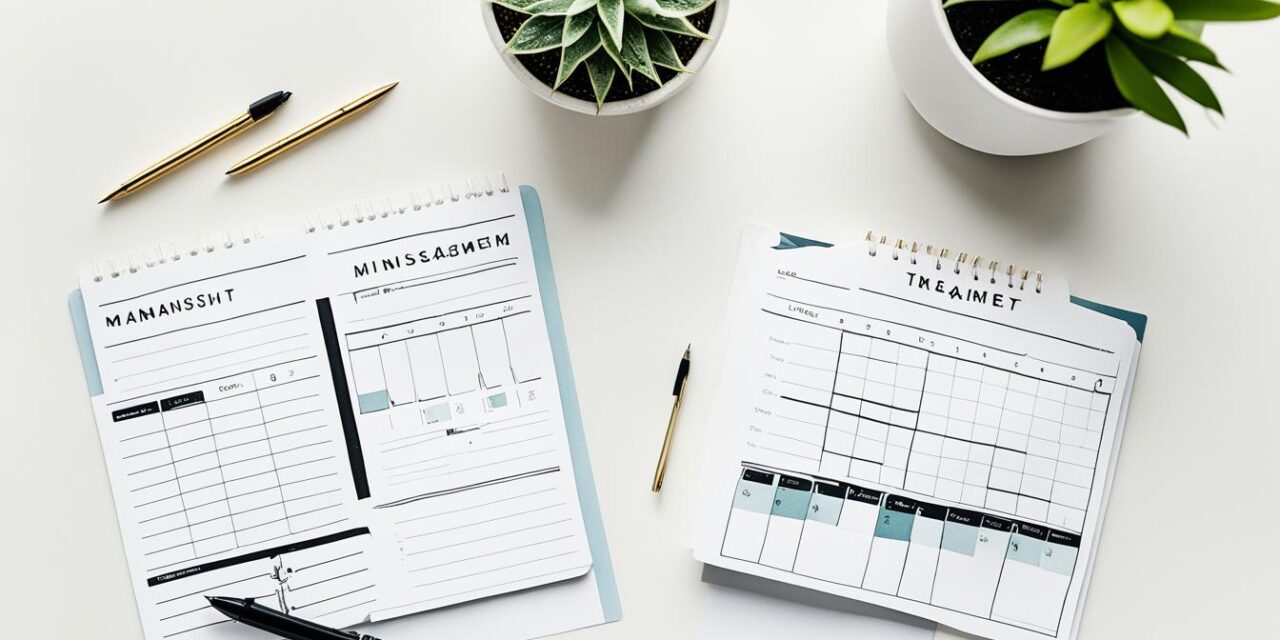
Ever wondered how some people seem to do so much with less effort? The secret often lies in using minimalist time management.
We’ve been living minimally for almost a decade. It’s not just about getting rid of stuff. It’s about making our lives simpler to focus on what’s important. By mixing minimalism with time management, we can do more and manage tasks better.
Minimalism isn’t about being perfect. It’s about choosing what makes our lives richer and aligning our actions with our dreams. It’s about clearing out our homes, schedules, and minds. This lets us live more thoughtfully. Let’s see how to build a life that shows what we value and care about.
Key Takeaways
- Understanding that minimalism involves more than physical decluttering
- Recognising the importance of intentional choices in a minimalist lifestyle
- Learning how decluttering can increase productivity
- Discovering that focusing on tasks leads to higher achievements
- Applying simplified time management techniques for better outcomes
The Essence of Minimalist Time Management
Minimalist time management is all about being intentional and focused. It means aligning our time with what we value most. This approach helps us use our time better and live more fulfilling lives. It’s not just about decluttering our homes but also our commitments and daily choices.
By using Organized Planning and making Intentional Commitments, we lay a strong foundation. This supports a mindful and efficient way of managing time. Let’s see how minimalist ideas can change our daily life and improve our quality of life.
Understanding Minimalism and Time
Minimalism and time management go hand in hand. The average American home has about 300,000 items, and families spend $1,700 a year on clothes. This shows we need to simplify our lives. By being minimalist, we can reduce stress and work more efficiently.
For example, 82% of lawyers found they were 20% more productive with minimalist time management. This shows how focusing on important tasks can make a big difference.
Intentional Living: Be Present
Living intentionally means being fully in the moment. Minimalist time management teaches us to focus on what really matters. In tech, 70% of executives felt less mentally tired by prioritising tasks well.
When we spend our time on things that matter to us, we build stronger connections and a more balanced life. Using Organized Planning helps us plan our day to support this mindful living. It lets us ignore distractions that don’t help us.
The Minimalist Mindset
Having a minimalist mindset means knowing what’s important and saying no to things that aren’t. This mindset helps us live more intentionally. In professional services, 75% of accountants and consultants felt less stressed after simplifying their time management.
This change helps not just at work but also at home. Nurses in healthcare saw a 30% drop in mistakes with minimalist time management. By focusing on what’s important and making Intentional Commitments, we can be more productive and happier.
Minimalist time management leads to a more thoughtful and meaningful life. It helps us use our time wisely, making our lives more purposeful and fulfilling.
| Industry | Benefit | Percentage | Outcome |
|---|---|---|---|
| Professional Services | Decreased Stress Levels | 75% | Improved Mental Health |
| Legal | Increased Productivity | 82% | 20% Boost in Efficiency |
| Technology | Reduced Mental Fatigue | 70% | 25% Decrease in Fatigue |
| Healthcare | Reduced Task Errors | 30% | Higher Accuracy |
| Entrepreneurship | Improved Decision-Making | 50% | 30% Revenue Growth |
Prioritising the Important Things
When we adopt minimalist time management, we focus on what’s really important. This means picking tasks that match our main duties and passions. It helps us clear our schedules and handle our commitments better.
Decluttering Your Schedule
Decluttering our schedules is key to good time management. Many feel swamped by too many tasks, leading to a lack of structure. The first step is to sort our thoughts and drop tasks that don’t help us reach our goals.
This makes us focus on what’s really important. It stops the confusion from too much organisation. It helps us concentrate on what truly matters.
Intentional Commitments
Being careful with our commitments stops us from overdoing it. By being thoughtful, we dodge mistakes like double-booking and feeling too busy. We look at tasks and see if they’re important and add value to our lives.
This way, we can pick activities that help us grow and meet our life goals.
Valuing Quality Over Quantity
Choosing quality over quantity is key when prioritising. Stephen Covey’s method of sorting tasks helps us focus on meaningful work. The Most Important Tasks (MIT) method lets us pick three key tasks for each day, making us work better.
Setting realistic goals also stops us from setting the bar too high. This keeps our time management real and effective.
Using these tips helps us manage our time clearly and efficiently. It makes sure our schedules help us, not hold us back. By focusing on what’s truly important and cutting out the rest, we lead a balanced and rewarding life.
Efficient Scheduling Techniques
Learning how to schedule well is key to managing time effectively and feeling in control of our days. Each day has 24 hours, 1,440 minutes, or 86,400 seconds. To use this time well, we need to use Productivity Techniques and plan well.
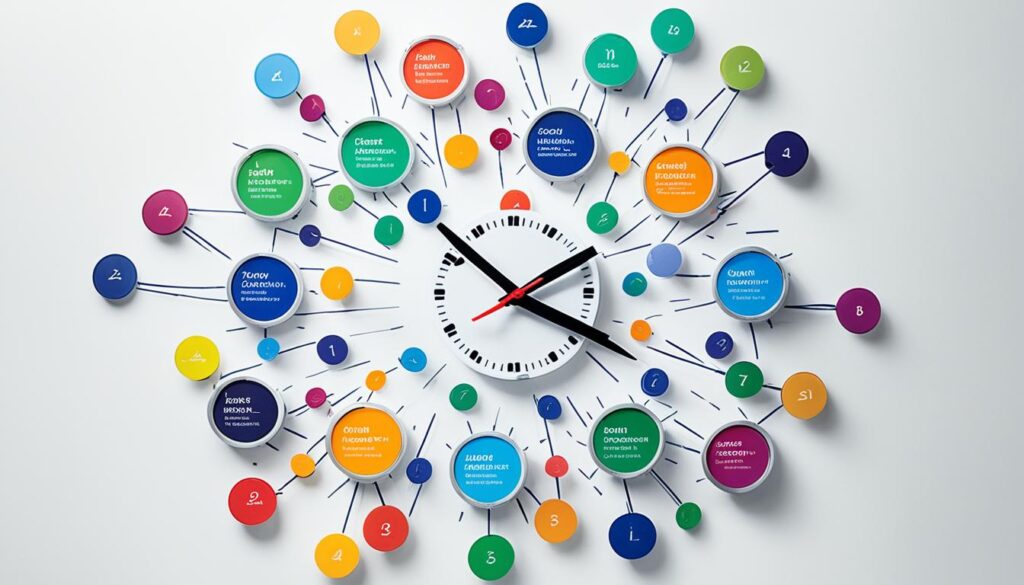
Studies show that good time management makes people more productive, less stressed, and more productive. Using strategies like Covey, Merrill, and Merrill’s (1994) method helps manage time well.
To manage time better, sort tasks by urgency and importance. Make a list with the most important tasks first. Grouping similar tasks saves mental energy and boosts productivity.
Author and speaker Brian Tracy suggests, “Eat that frog!” This means do the toughest task first in the morning to beat procrastination and feel accomplished early.
Planning should include time for fun activities too. It’s important to relax to stay productive and happy in the long run. Breaking tasks into smaller parts helps complete them faster and boosts Productivity Techniques.
Using advanced time tracking tools to see how we spend our time helps us understand our habits. This lets us cut out time-wasters.
A study by Roster (2016) found clutter affects our happiness. So, keeping our schedule and workspace tidy is vital. Good scheduling means delegating tasks to make time for what we’re good at and creative.
Choosing what activities to do and setting limits on our time helps us live simply. Leaving about 20% of our day free for surprises keeps our schedule balanced. Using efficient scheduling lets us grow personally, keep up with friends, and relax, making us feel more fulfilled and balanced.
Time Blocking for Maximum Efficiency
Time blocking is a way to manage our time and focus better. It means setting aside specific times for certain tasks. This helps us work more efficiently and avoid the problems of doing many things at once.
It helps us focus on one task at a time. This reduces distractions and helps us get into a flow state. In this state, we work at our best.
The Basics of Time Blocking
Time blocking means dividing our day into set times for different tasks. This method gives us a clear plan for our day. It helps us work better and be more productive.
Studies show that time blocking can make us more focused and productive. It can make us work as well in 40 hours as someone working over 60 hours without it. By planning our tasks and time, we avoid distractions and work deeply.
Categorising Tasks
Grouping similar tasks together makes time blocking more efficient. This is called task batching. It makes switching tasks easier and saves time.
Using different themes for each day helps us focus on certain tasks. For example, one day for creative work and another for admin tasks. This makes it easier to concentrate.
Using Time Blocks Wisely
It’s important to balance hard work with breaks to recharge. Reviewing and adjusting our time blocks helps us stay productive. It also lets us have time for things we didn’t plan for.
Using time boxing, where we set a time limit for tasks, makes us work faster. It challenges us to finish tasks on time, making us more efficient.
| Technique | Benefit |
|---|---|
| Time Blocking | Promotes focused deep work |
| Task Batching | Reduces mental load from switching tasks |
| Day Theming | Allows deeper concentration |
| Time Boxing | Enhances efficiency within fixed periods |
Using these techniques in our daily life helps us take back control of our time. It makes us work better by focusing on what’s important. This way, we use every moment wisely, making sure our time is well spent.
Staying Organised at Work and Home
Keeping control of our time and commitments is key. We need to stay organised at work and home. Using systems to manage paperwork, emails, and chores boosts our productivity. Let’s see how these strategies help us manage time better.
Creating Effective Systems
At the heart of Organised Planning is creating effective systems. These systems help us manage tasks at work and home. Tools like Standard Operating Procedures (SOPs), checklists, and workflows make daily tasks easier. They cut down on decision time and boost efficiency.
Using the “eliminate, automate, outsource” rule helps us focus on what’s important. This leads to better scheduling. Regularly checking our routines helps us cut out unnecessary steps, making us more effective.
Setting Up a Home Command Centre
A home command centre is key for family schedules, messages, and important papers. It follows Minimalist Time Management principles. This area should fit the family’s needs, with a calendar, bulletin board, and storage for mail and school stuff.
Having everything in one place cuts down on losing important papers. Laura Vanderkam says planning our week ahead helps balance work, family, and fun. This leads to a better lifestyle.
Maintaining a Productive Workspace
Spending a third of our life at work means keeping our office tidy is crucial. Going paperless is a big trend, using digital processes to clear clutter. A desktop scanner helps turn papers into digital files, making planning easier.
Organising paperwork into different groups helps keep the workspace tidy. Good work habits reduce stress, increase productivity, and improve job performance. James Clear’s “Atomic Habits” suggests focusing on being consistent to keep a productive routine.
| Category | Details |
|---|---|
| Eliminate | Remove unnecessary tasks from your routine. |
| Automate | Utilise technology to handle repetitive tasks. |
| Outsource | Delegate tasks that can be handled by others. Consider digital tools for scheduling and planning. |
Eliminating Distractions
To manage time well, we must get rid of distractions that take away our focus. This means cleaning up our spaces and our minds. Letting go of unnecessary thoughts helps us avoid feeling overwhelmed and boosts our productivity.
Reducing Mental Clutter
Studies reveal that office workers get interrupted or switch tasks every three minutes, cutting down on productivity. In our approach to Simplified Time Management, focusing on mental clarity is key. Cutting down on mental clutter helps avoid decision overload, making decisions quicker and more effective. For example, having fewer clothes to choose from can make choosing outfits easier.
Creating a Focus-Friendly Environment
Being mindful of our surroundings is important for staying focused. Research shows that checking emails 36 times an hour can really reduce focus. Setting rules for digital devices or quiet times helps us stay on track with important tasks.
Clutter in creative jobs can block creativity and new ideas. So, minimalism in time management isn’t just about looking good. It’s about creating a calm, focused mind.
Did you know multitasking can cut productivity by up to 40% and increase mistakes? Using Productivity Techniques like organizing our spaces and limiting digital distractions can greatly improve our focus and productivity. Also, spending about 2 hours a day on non-work digital activities can lower our productivity.
| Industry | Distraction Impact | Productivity Effect |
|---|---|---|
| Office Workers | Tasks switched every 3 minutes | Significant decrease in productivity |
| Tech Industry | Multitasking | Decrease in productivity by 40% |
| Creative Industry | Cluttered workspaces | Impede creativity and idea generation |
Adopting a minimalist time management approach can make life more fulfilling. It helps us focus on what we love while cutting out distractions that waste our time and energy. Simplified Time Management lets us enjoy our activities more and stay productive.
Task Prioritisation: The Key to Productivity
Task prioritisation is key to good time management and boosts our productivity. It helps us understand what tasks are most important and when to do them. This way, we focus on what really matters and ignore the rest.
There are many ways to help with task prioritisation. The Eisenhower Matrix sorts tasks into four groups: Urgent and Important, Important but Not Urgent, Urgent but Not Important, and Not Urgent or Important. This makes it easier to see which tasks are most important.
Another good method is the ABCDE system, which labels tasks as A (Must do), B (Should do), C (Nice to do), D (Delegate), and E (Eliminate). Using these methods helps us focus on what’s most important for our goals and tasks.
| Technique | Description | Benefit |
|---|---|---|
| Eisenhower Matrix | Categorises tasks into four quadrants based on urgency and importance | Improved decision-making and focus |
| ABCDE Method | Ranks tasks from Must Do to Eliminate | Streamlined priorities and enhanced productivity |
| Time Blocking | Allocates specific time slots to tasks | Reduced procrastination and increased focus |
| MoSCoW Prioritisation | Classifies tasks as Must, Should, Could, and Won’t | Eliminates unnecessary clutter |
After sorting tasks, we need to keep checking them to make sure they still fit our goals. Using time blocking helps us stay focused and avoid putting things off. Tools like Asana or Trello make it easier to manage tasks and keep everyone on the same page.
Good task prioritisation and productivity tips help us use our time well. This leads to more work done, less stress, and a better balance between work and life. To get the most out of it, we must stick to deferring or dropping tasks that don’t help our goals.
Using Time Tracking Tools
Using time-tracking tools can greatly improve our minimalist time management. These tools help us see how we use our time. They let us spot where we waste time and make better choices about how we spend it. Let’s look at their benefits, popular apps, and how to use them well.
Benefits of Time Tracking
Time tracking has many benefits. By logging time once a day, we get a full picture of our activities. This makes invoicing, tracking overtime, and reports easier. It saves about 10 hours a week by automating tasks.
Having someone check the time-tracking weekly keeps it accurate. Automating tasks cuts down on mistakes and makes things run smoother. This gives us better insights on how to use our resources well.
Popular Time Tracking Apps
There are many time-tracking apps for different needs. They help us keep track of billable hours and make things run smoother:
- Toggl Track: Free for up to 5 users.
- HourStack: Starts at $12/month for 1 user.
- Timely: Starts at $9/user/month for up to 20 projects and 5 users.
- Memtime: Simple design, starting at $12/user/month with a 24-month subscription.
- TrackingTime: Free for up to 3 users; $5.75/user/month for more users.
- RescueTime: Free Lite plan for individuals, paid plans start at $12/user/month.
How to Analyse Your Time Usage
Analyzing how we use our time is key to efficient scheduling. It’s important to have clear rules for what activities and projects to track. Time-tracking tools often automatically detect activities and track idle time, keeping things accurate in real-time.
They work well with project management tools for smooth workflow. Custom reports give us insights into productivity, help find bottlenecks, and improve how we use resources. This clear data builds trust with clients and helps teams work better together and achieve better results.
Maximising Motivation and Energy
To do well in managing time simply, we need to understand how to boost our motivation and keep our energy up. This starts with knowing what drives us and keeping our drive going. We must also avoid the harm of burnout.
Finding Your Why
At the heart of being productive is finding out what pushes us forward—our ‘why’. Knowing this deep down gives our work meaning. It makes every task important. By focusing on what truly motivates us, we can ignore distractions and stay focused.
Successful people, like top entrepreneurs and athletes, show us how to stay focused. They push beyond what feels easy to achieve great results.
Keeping Momentum

It’s key to keep moving forward to stay productive. Setting achievable goals and celebrating our wins helps us keep going. Using techniques like having focused time helps us stay in the zone.
Adding activities that boost our body, feelings, mind, and spirit also helps us work better. For example, Wachovia Bank employees worked harder and better after learning how to manage their energy.
Avoiding Burnout
It’s important to spot and stop burnout before it starts. Burnout hurts both workers and companies, leading to less work done and less happiness. Having a good balance between work and life, with rest and self-care, keeps us safe from burnout.
Steve Wanner, a partner at Ernst & Young, warns of the dangers of overworking. He shows us how crucial it is to find a balance.
By using these tips, we can keep our motivation and energy up. This leads to doing well over time and feeling fulfilled.
| Key Strategy | Benefits | Example |
|---|---|---|
| Finding Your Why | Provides purpose and focus | Successful entrepreneurs stay laser-focused on goals |
| Keeping Momentum | Maintains productivity flow | Wachovia Bank employees excelled with energy management |
| Avoiding Burnout | Preserves well-being and productivity | Steve Wanner balanced work and personal life |
Achieving Your Goals with Minimalism
Minimalism helps us look at our life choices and focus on what’s truly important. It teaches us to use our time and energy wisely. By living intentionally, we make sure our actions help us reach our goals.
Our journey with minimalism started 25 years ago. Since then, we’ve seen how it helps us achieve our goals. We sort tasks into necessary, urgent, and desirable to make a clear plan.
This way, we focus on goals that really matter. It stops us from wasting time on things we don’t need.
Living intentionally means having regular routines for our tasks. The “Magic Question” by author Kendra Adachi helps us think about what we can do today to improve our future. We pick a few big goals to avoid spreading ourselves too thin.
Setting weekly deadlines for big tasks and doing similar activities together makes us more productive.
At the end, minimalism is about daily habits, not just big achievements. This way, we work more effectively and feel less stressed. Keeping good habits helps us in the long run, making it easier to reach new goals.
Embracing minimalism keeps us clear, motivated, and successful in all parts of life.

